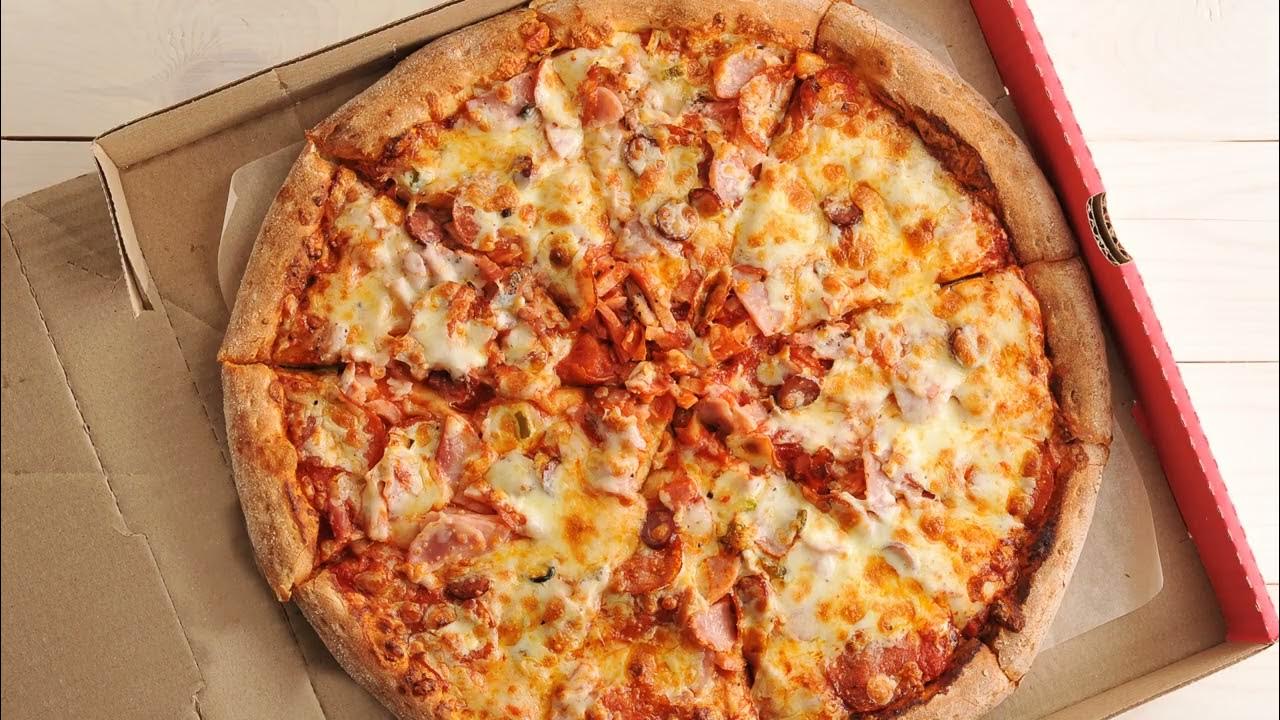Preventing Physical Contamination (HACCP Lessons - Part 13)
Summary
TLDRThe video script emphasizes the importance of preventing physical contamination in food preparation areas. It outlines six key points: maintaining a clean environment, personal hygiene, careful food delivery handling, proper building and equipment maintenance, keeping glass away from food prep areas, and effective pest control. These practices ensure food safety, prevent health hazards, and protect guests from ingesting contaminants.
Takeaways
- 🧼 Maintain a Clean Environment: The food preparation area must be kept clean to prevent both microbiological and physical contamination.
- 👕 Personal Hygiene: Workers should be clean, avoid wearing accessories that could fall into food, and use hair nets to prevent hair contamination.
- 📦 Careful Handling of Deliveries: Ensure food packaging is not damaged and unpack food in a separate area to minimize exposure to contaminants.
- 🛠 Equipment and Building Maintenance: Regular maintenance prevents parts from falling into food and keeps the building in a state that avoids pest infestation.
- 🚫 Avoid Glass in Food Areas: Keep glass away from food preparation to prevent broken shards from becoming a health hazard.
- 🐀 Effective Pest Control: Implement measures to prevent pests from entering the kitchen and food, as they can carry diseases and contaminate food.
- 🏠 Seal Building Entrances: Ensure no cracks or holes allow pests to enter and use screens on windows to keep insects out.
- 💀 Use of Rat Poison: If used, rat poison should only be handled by registered pest control companies to avoid contamination.
- 🍱 Store Food Safely: Keep food off the floor, in covered containers, and inspect regularly for pest intrusion.
- 🗑️ Manage Waste Hygienically: Dispose of waste promptly to avoid attracting insects and rodents, which can lead to contamination.
- 👥 Teamwork and Maintenance: Work together with maintenance to ensure a clean and safe food preparation environment.
Q & A
What are the primary concerns regarding physical contamination in food preparation areas?
-The primary concerns are preventing the spread of bacteria and keeping out physical dirt such as soil, dust, and leaves to ensure food safety and quality.
Why is maintaining a clean environment crucial in food preparation areas?
-A clean environment is crucial to prevent the spread of bacteria and to avoid the introduction of physical contaminants that can affect the food's safety and quality.
What personal hygiene practices should be followed by individuals working with food?
-Individuals should be clean, avoid wearing clothing, jewelry, or accessories that may fall into the food, wear a hair net to prevent hair from falling into the food, and ensure that their personal hygiene is perfect.
How should food be received to minimize the risk of physical contamination?
-Food should be received with undamaged packaging, and care should be taken to remove food carefully from boxes in a separate area from the food storage area to minimize exposure to physical contaminants like insects or dirt.
What role does maintenance play in preventing physical contamination?
-Maintenance plays a key role by ensuring that kitchen equipment and the buildings where food is stored, prepared, and served are clean, well-maintained, and free from hazards such as chipped crockery, broken utensils, and structural issues that could introduce contaminants.
Why is it important to keep glass away from food preparation areas?
-Glass needs to be kept away from food preparation areas because broken glass is a serious health hazard, especially if it ends up in food and is swallowed by guests.
What are some effective pest control measures that should be implemented in food preparation areas?
-Effective pest control measures include sealing cracks and holes, using screens on windows, employing ultraviolet fly killers, and using rat poison by a registered pest control company to prevent pests from entering the kitchen and contaminating the food.
How should food be stored to prevent pest contamination?
-Food should be stored off the floor and in covered containers, either by a lid or plastic wrap, and inspected regularly to ensure no pests have managed to get into the stores.
Why is waste management important in preventing physical contamination in food preparation areas?
-Waste management is important because improper waste disposal can attract insects and rodents, which can then contaminate food and spread disease.
What should be done if cracks or holes are found in the building structure?
-If cracks or holes are found, they must be reported to maintenance for correction as soon as possible to prevent pests from entering the food preparation area.
What are the six key points discussed in the script to prevent physical contamination?
-The six key points are: maintaining a clean and hygienic environment for food storage, personal hygiene, hygienic delivery procedures, professional maintenance of buildings and equipment, keeping glass away from food preparation areas, and implementing effective pest control procedures.
Outlines

This section is available to paid users only. Please upgrade to access this part.
Upgrade NowMindmap

This section is available to paid users only. Please upgrade to access this part.
Upgrade NowKeywords

This section is available to paid users only. Please upgrade to access this part.
Upgrade NowHighlights

This section is available to paid users only. Please upgrade to access this part.
Upgrade NowTranscripts

This section is available to paid users only. Please upgrade to access this part.
Upgrade Now5.0 / 5 (0 votes)





